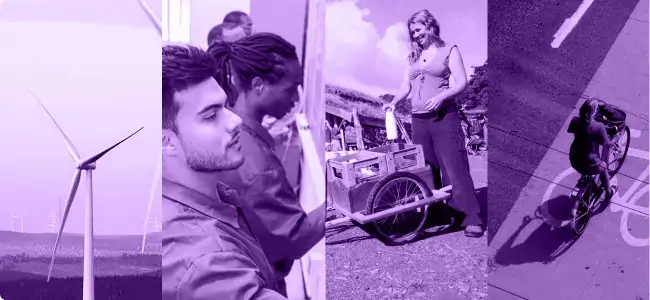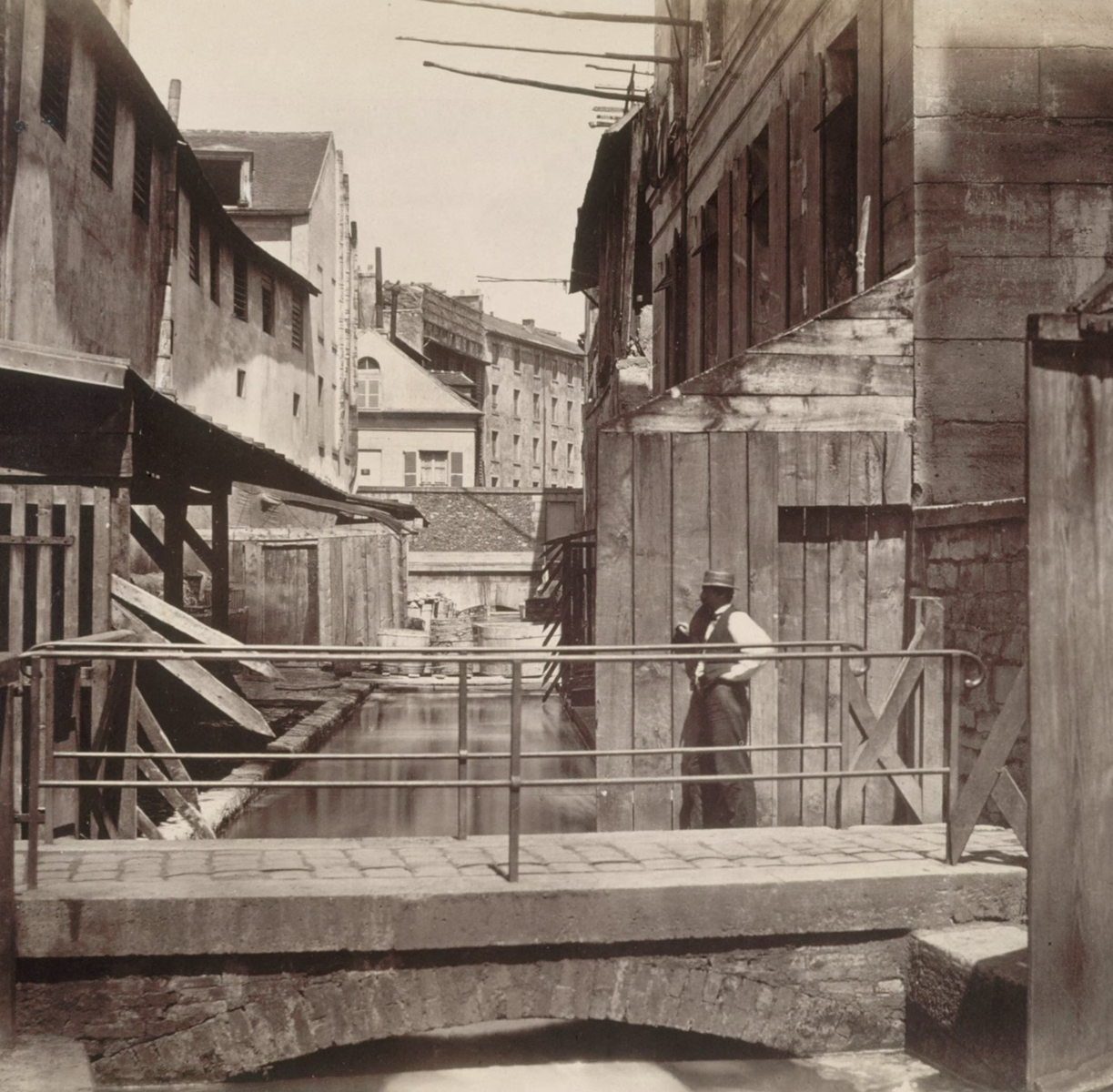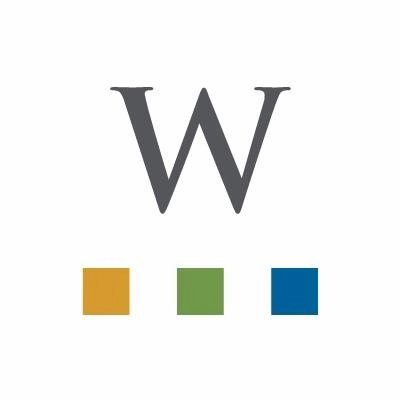

Waterline is an ongoing series that explores the solutions making rivers, waterways and ocean food chains healthier. It is funded by a grant from the Walton Family Foundation.
On a damp and grimly grey winter day in Paris, Bill François is a beacon of positivity.
After a brief stroll along the River Seine, we come to a halt at the Henri IV Dock with Notre Dame cathedral just about visible through the mist. Here, François flicks his wrist back and then gently launches a fishing line out into the choppy waters.
“The Seine is a wild place in the heart of Paris,” enthuses François, who has come prepared in an all-weather outfit that includes a cap, sunglasses and waterproof pants. “It’s like an aquarium. The water is quite clear these days and the fish are multiplying.”
François, a marine biologist by training, fishes in the Seine several times a week in different locations, surveying what he catches for long-term population monitoring by Parisian fishing associations. And year by year, François and other fishers are finding more and more.
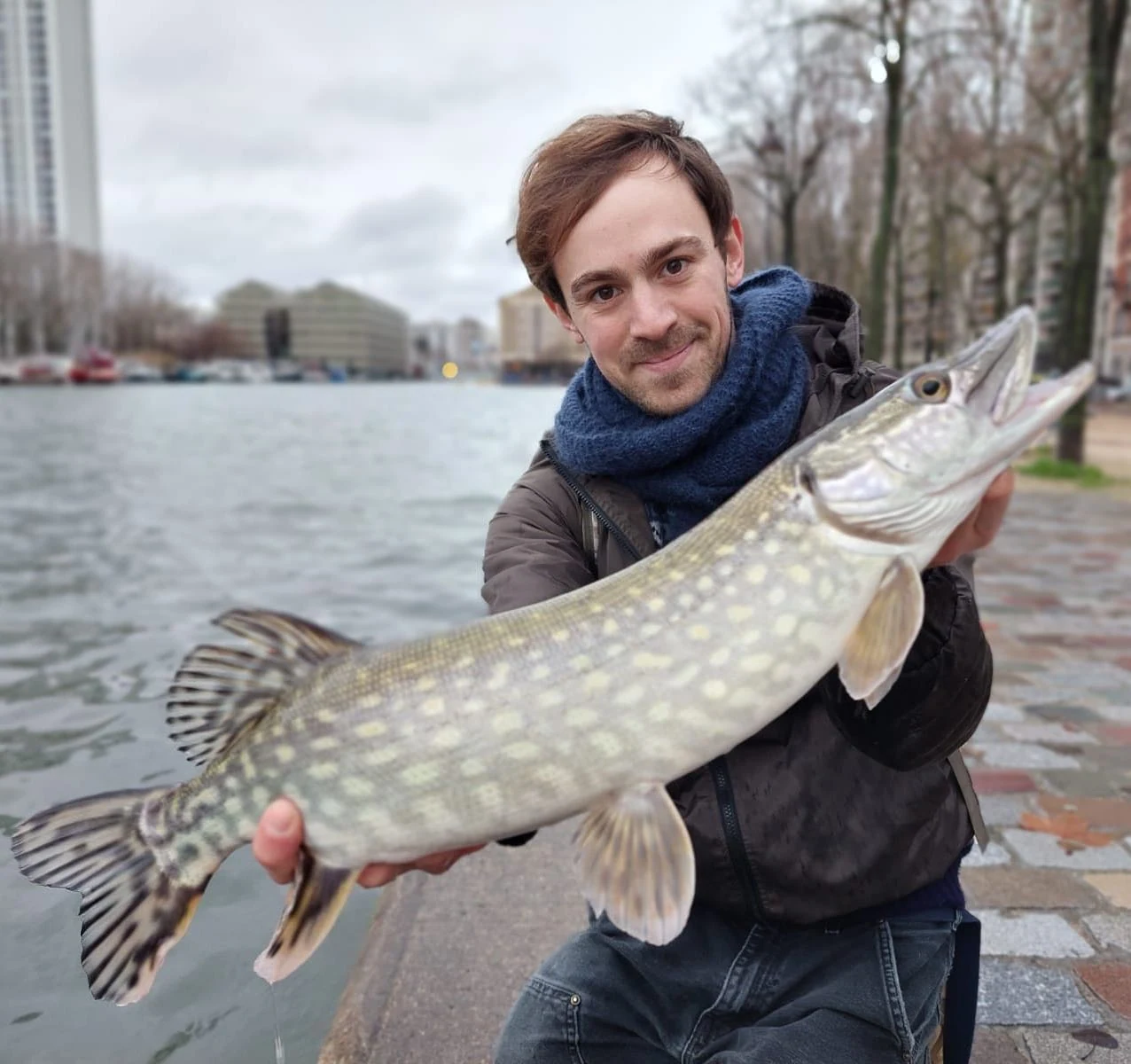
In fact, in the 1970s there were only three fish species left in the 777-kilometer (482-mile) river, which spans northern France and cuts through the capital city. But after decades of urban water policies alongside community efforts, there are now nearly 40 that have been officially registered, with new species turning up all the time.
Beyond fish, according to François, there are also other kinds of creatures such as jellyfish, crustaceans, sponges, shrimp and kingfishers coming back to the Seine.
“The restoration efforts of this river have been a real success,” adds François.
The Seine’s thriving biodiversity is largely due to an improvement in urban wastewater treatment and the quality of water that is now being discharged into the river, according to French officials.
“We were pioneering almost by obligation,” says Vincent Rocher, who co-authored a report published in November 2024 for SIAAP, the French public utility that has been tasked with collecting and treating wastewater in the Paris region since 1970.
Thousands of years ago and even up to the Middle Ages, Paris was a city of marine life, the Seine — which is over 14,000 years old — teeming with eels and salmon. But the municipal sanitation network became vastly inadequate as the city industrialized in the 19th century and as its population rose from about four million in 1900 to 12 million in 2020.
“We dumped a lot of organic matter in the water over that period,” explains Rocher. “The population growth far exceeded our clean up capacity. So the Seine was biologically dead, there wasn’t oxygen for wildlife. The fish almost disappeared.”
Such was the dire state of Parisian waterways that one little-known fluvial cousin to the Seine, the Bièvre, was gradually concreted over and eventually buried by 1912. (Efforts are currently underway to restore the river.)
Rocher, whose report covers the development of sanitation in the Paris region from 1875 to present day and projections to 2050, said the turnaround began in 1929 when Paris laid out its first strategic plan and built a water purification station.
Since then, many more urban purification stations have been built, and they have become more sophisticated, treating not only waste like carbon and organic matter, but also nitrogen and phosphorus, helping to stop the proliferation of oxygen-hungry algae, which can starve other aquatic life. Since 1970, when SIAAP was founded, there has been a 10-fold reduction in ammoniacal nitrogen pollutants and a 20-fold reduction in fecal matter in the Seine.
The early progress was so promising that former prime minister Jacques Chirac promised in 1990 that he would swim in the Seine within three years. That claim proved to be too ambitious. However, Paris mayor Anne Hidalgo finally fulfilled the dream in July 2024 ahead of the Olympic Games — and in summer 2025 three public swimming sites along the Seine will open to the public.
“It’s a spectacular result,” says Rocher, who is director of innovation, strategy and environment at SIAAP. “That’s the fruit of our purification stations. The Seine is breathing again.”
Yet recognition must also be given to the associations of fishermen in Paris, who, mostly on a voluntary basis, have been monitoring fish populations for years, as well as adopting sustainable practices such as banning fishing in reproductive seasons.
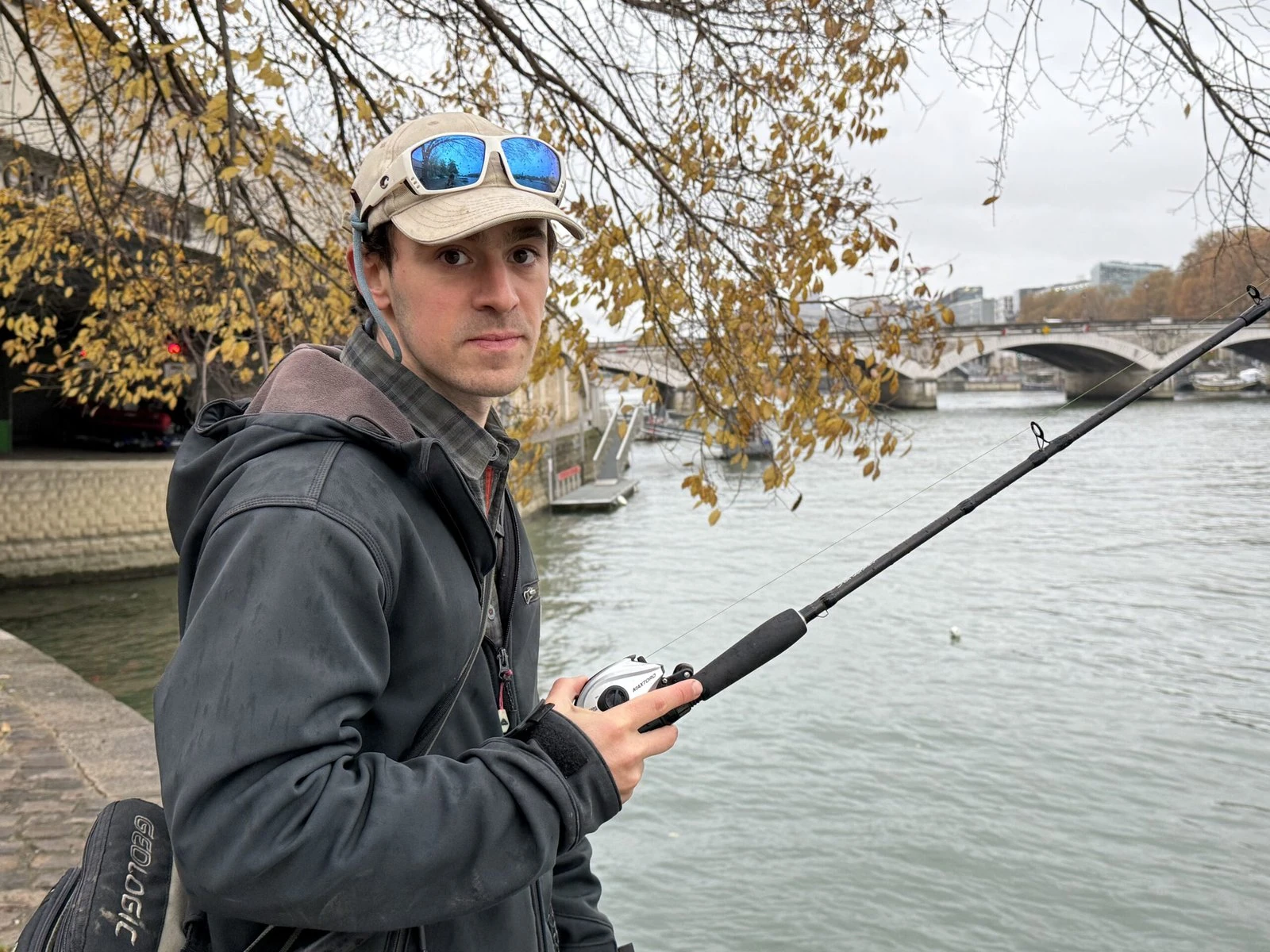
“There are more than 1,000 members that coordinate across WhatsApp groups, recording all of the species that we observe,” says François.
SIAAP has also been working more directly to support marine life, with a team of about 10 “ecological engineers” working on the ground to maintain fish habitats on riverbanks. The organization occasionally releases oxygen in key fish habitat areas of the Seine when levels drop too low — something usually required due to pollution overflows. It has also begun monitoring using environmental DNA, or eDNA, which involves taking samples from the environment rather than directly from fishes, minimizing disruption.
While Paris has proven to be a leader in the field, many other European cities have taken huge strides when it comes to protecting urban rivers, particularly in light of the European Union’s Water Framework Directive, rules established in 2000 to protect Europe’s rivers, lakes and groundwater. Experts say that healthy urban rivers offer a number of benefits, including better flood management, protected habitats for wildlife, air quality improvements, and nature spaces to improve residents’ wellbeing.
“Many cities have experienced massive improvements,” says Iwan Jones, a professor at Queen Mary University of London and head of the River Communities Group, a U.K.-based project studying how freshwater ecosystems can be managed sustainably. “This is down to changes in legislation on the national and European level.”
Professor Jones also attributes changes in public opinion to helping ease urban river restoration. “We used to turn our backs on rivers,” he says. “But as people have seen the improvements, they have demanded more. Things like swimming in the Seine at the Paris Olympics brought a focus on the river being an asset rather than a liability.”
As a sign of that change of public perception in recent years, fishing in the Seine has even become popular among younger urban residents, including rappers and graffiti artists, in a scene known as “Street Fishing.”
Nonetheless, the flow of urban river restoration hasn’t all been one way.
Major research in the journal Nature co-authored by Jones in 2023 found that the recovery of European freshwater biodiversity has “come to a halt” — pointing to threats such as new pollutants, climate change and the spread of invasive species.
The SIAAP report echoed those concerns, warning that climate change “will certainly accentuate the fragility of the rivers” in the Paris region and that other challenges to river health and biodiversity, such as micropollutants, are emerging. An ongoing difficulty is the challenge of stopping sewage from overflowing into rivers when there are extreme rains, which are becoming more common due to climate change, but Paris has been building extra capacity over the past 20 years to combat this.
Meanwhile, in a paper published in November 2024, scientists at Utrecht University in the Netherlands argued that urban rivers, for generations overlooked, are the “missing piece” when it comes to restoring Europe’s ecosystems. The authors argued national restoration plans “need to neither disparage nor forget urban rivers or riverscapes” and incorporate targeted and place-specific actions for their restoration.
François, too, is concerned about limited surveillance of companies who pollute in the Seine, and plans to develop areas like La Bassée, a protected nature reserve that, according to him, is one of the few places where the Seine is still wild.
“There is a big margin for improvement,” he says.




